


6-(sec-Butyl)quinoline is a synthetic aroma chemical valued for its warm, musky, and slightly animalic scent. Structurally derived from the quinoline ring, it offers excellent fixative properties, making it a popular base component in fine fragrances and home scent formulations. Its low volatility and compatibility with woody, amber, and leather notes allow perfumers to build depth and lasting character into compositions. Stable, versatile, and REACH-registered, it is also utilized in olfactory research and functional fragrance development across global markets.


6-(sec-Butyl)quinoline is a synthetic aroma chemical valued for its warm, musky, and slightly animalic scent. Structurally derived from the quinoline ring, it offers excellent fixative properties, making it a popular base component in fine fragrances and home scent formulations. Its low volatility and compatibility with woody, amber, and leather notes allow perfumers to build depth and lasting character into compositions. Stable, versatile, and REACH-registered, it is also utilized in olfactory research and functional fragrance development across global markets.

.3d8f8f41.svg)
Flavors & Fragrances
.3556d45a.svg)

Fragrance Ingredients


Aroma Chemicals
Included in Quote
Included in Quote
Included in Quote
Included in Quote
.7767eb0f.png)

Chemical Properties & Specifications
6-(sec-Butyl)quinoline helps stabilize volatile top and middle notes, extending the longevity of fragrance compositions.
It contributes a warm, slightly animalic nuance to perfumes, enhancing complexity and richness in base accords.
Widely studied in structure–odor relationship analysis for understanding the behavior of quinoline derivatives in scent profiles.
Used in premium candles, diffusers, and scent-releasing materials due to its low volatility and scent-retention properties.
It acts as a fixative, helping extend the longevity of volatile perfume notes and enhancing warm, musky characteristics.
6-(sec-Butyl)quinoline is monosubstituted, giving it a lighter and less intense odor. The 6,8-di-substituted version is more complex and potent.
It is synthetic and not considered natural under ISO standards, though it is often used in modern formulations for stability and olfactory effect.
Yes. It has a distinct retention time and is commonly analyzed by GC-MS in fragrance development and quality control.
The IFRA guidelines apply concentration limits depending on the end product. Check the latest IFRA Amendment for exact thresholds.
Yes, it is readily available through fragrance ingredient suppliers and exporters from india, europe, Scimplify supplies worldwide.
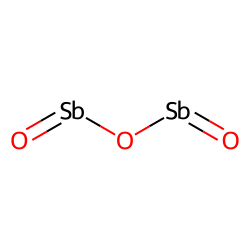
CAS No. : 1309-64-4
Category : Inorganic compound
Sub-Category : Flame retardants
Description: Antimony trioxide (Sb2O3) is an inorganic compound commonly used as a flame retardant and as a catal...
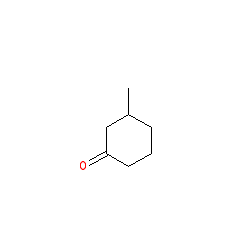
CAS No. : 36306-87-3
Category : Fragrance Ingredients
Sub-Category : Aroma Chemicals
Description: Kephalis is widley used in many industries. It plays a key role in the production of resins, coating...
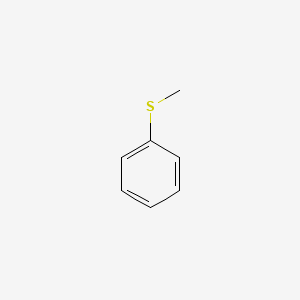
CAS No. : 100-68-5
Category : Pharmaceutical Actives & Precursors
Sub-Category : Intermediates & Precursors
Description: Thioanisole is a colorless to light yellow liquid with an aromatic odor. It serves as a valuable int...
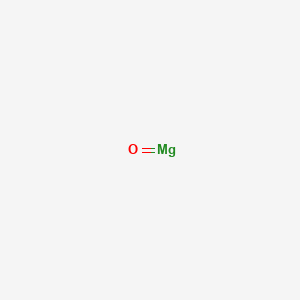
CAS No. : 1309-48-4
Category : Inorganic compound
Sub-Category : Magnesium compounds
Description: Magnesium oxide, commonly known as magnesia, is a white hygroscopic solid mineral that occurs natura...
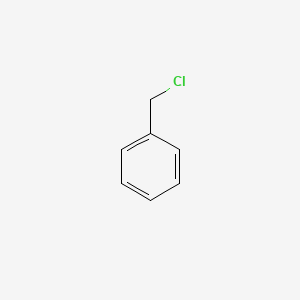
CAS No. : 100-44-7
Category : Organic Intermediate
Sub-Category : Reagents
Description: Benzyl Chloride is a colorless to pale yellow liquid with a pungent odor. It is primarily used as an...